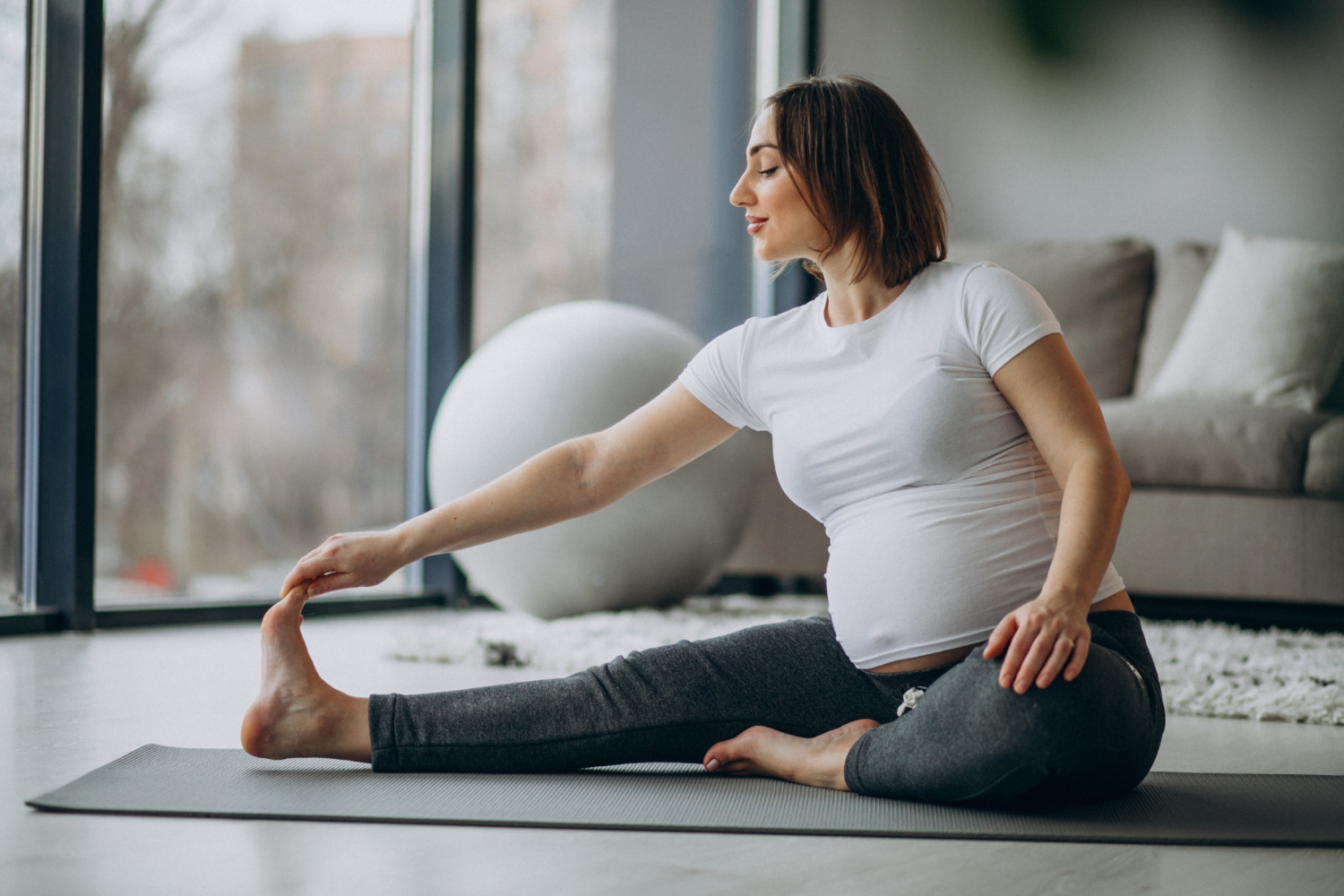Introduction to yoga for normal delivery
Yoga has been practiced for centuries and is known for its numerous physical and mental health benefits. During pregnancy, yoga can be particularly beneficial in preparing the body for childbirth. It helps to strengthen the muscles, improve flexibility, and promote relaxation. In this article, we will explore the benefits of yoga during pregnancy, discuss precautions and safety tips for practicing yoga, and determine the right time to start practicing yoga for normal delivery.
Benefits of yoga during pregnancy
Practicing yoga during pregnancy offers a wide range of benefits for both the mother and the baby. One of the main advantages is that it helps to strengthen the pelvic floor muscles, which play a crucial role in supporting the uterus, bladder, and bowels. Strengthening these muscles can significantly reduce the risk of complications during labor and childbirth.
Yoga also helps to improve flexibility and balance, which can be especially beneficial as the body undergoes various changes during pregnancy. Regular practice of yoga postures can help relieve common discomforts such as back pain, sciatica, and swollen ankles. Additionally, yoga promotes better circulation and digestion, which are essential for a healthy pregnancy.
Precautions and safety tips for practicing yoga during pregnancy
While yoga can be highly beneficial during pregnancy, it is important to take certain precautions and follow safety guidelines. First and foremost, it is crucial to consult with a healthcare professional before starting any new exercise regimen, including yoga. They can assess your individual situation and provide recommendations based on your specific needs and health condition.
When practicing yoga during pregnancy, it is important to avoid certain poses that may be contraindicated. Poses that involve lying flat on the back after the first trimester should be avoided, as they can put pressure on the vena cava and reduce blood flow to the uterus. It is also advised to avoid deep twists and poses that compress the abdomen.
It is important to listen to your body and change poses as required. Pregnancy hormones can make the joints more flexible, so it is important to be cautious and avoid overstretching. It is also advisable to practice yoga in a well-ventilated space, wear comfortable clothing, and stay hydrated throughout the practice.
When is the right time to start practicing yoga for normal delivery?
The right time to start practicing yoga for normal delivery varies from person to person. In general, it is safe to start practicing yoga during the first trimester of pregnancy, as long as there are no complications or medical conditions that restrict physical activity. However, it is essential to listen to your body and consult with a healthcare professional before starting any exercise routine.
If you have been practicing yoga before pregnancy, you may be able to continue with your regular practice with some modifications. However, it is important to be aware of the changes in your body and modify poses as needed to accommodate the growing belly and avoid any discomfort or strain.
If you are new to yoga, it is advisable to start with prenatal yoga classes specifically designed for pregnant women. These classes focus on gentle movements and modifications that are safe and beneficial during pregnancy. They also provide a supportive environment where you can connect with other expectant mothers and share experiences.
How often should you practice yoga during pregnancy?
The frequency of practicing yoga during pregnancy can vary depending on individual preferences and comfort level. It is generally recommended to practice yoga for at least 30 minutes to an hour, three to five times a week. However, it is crucial to listen to your body health and not strain yourself beyond your limits.
Remember that the purpose of practicing yoga during pregnancy is to promote overall well-being and prepare the body for childbirth. It is not about achieving advanced poses or pushing yourself to the extreme. It is important to honor your body’s limitations and practice with mindfulness and self-compassion.
Consultation with a healthcare professional before starting yoga
Before starting any exercise regimen, it is crucial to consult with a healthcare professional, preferably a prenatal care provider or an obstetrician. They can assess your individual situation, take into account any complications or medical conditions, and provide personalized recommendations.
During the consultation, be sure to discuss any concerns or questions you may have about practicing yoga during pregnancy. Your healthcare professional can guide you on specific poses to avoid, modifications to make, and any additional precautions to take based on your unique circumstances.
Conclusion: Embracing the benefits of yoga for a smooth and natural childbirth
In conclusion, practicing yoga during pregnancy can offer numerous benefits for both the mother and the baby. It helps to strengthen the muscles, improve flexibility, and promote relaxation, which are all essential for a smooth and natural childbirth. However, it is important to take precautions, listen to your body, and consult with a healthcare professional before starting any exercise regimen, including yoga. So, if you are pregnant or planning to conceive, consider incorporating yoga into your routine and experience the physical and mental well-being it can bring.
